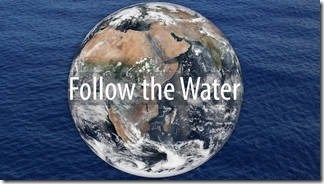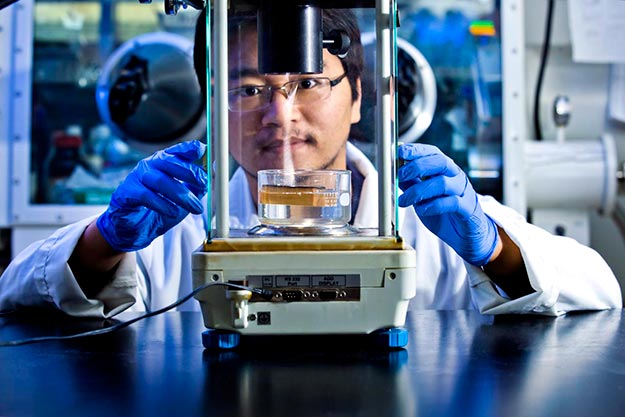Slow-motion collisions of tectonic plates under the ocean drag about three times more water down into the deep Earth than previously believed, according to a seismic study that spans the Mariana Trench.
The observations from the deepest ocean trench in the world have important implications for the global water cycle, researchers say.
“People knew that subduction zones could bring down water, but they didn’t know how much water,” says Chen Cai, who recently completed his doctoral studies at Washington University in St. Louis and is first author of the paper, which appears in Nature.
“This research shows that subduction zones move far more water into Earth’s deep interior—many miles below the surface—than previously thought,” says Candace Major, a program director in the National Science Foundation’s Division of Ocean Sciences, which funded the study. Read more












